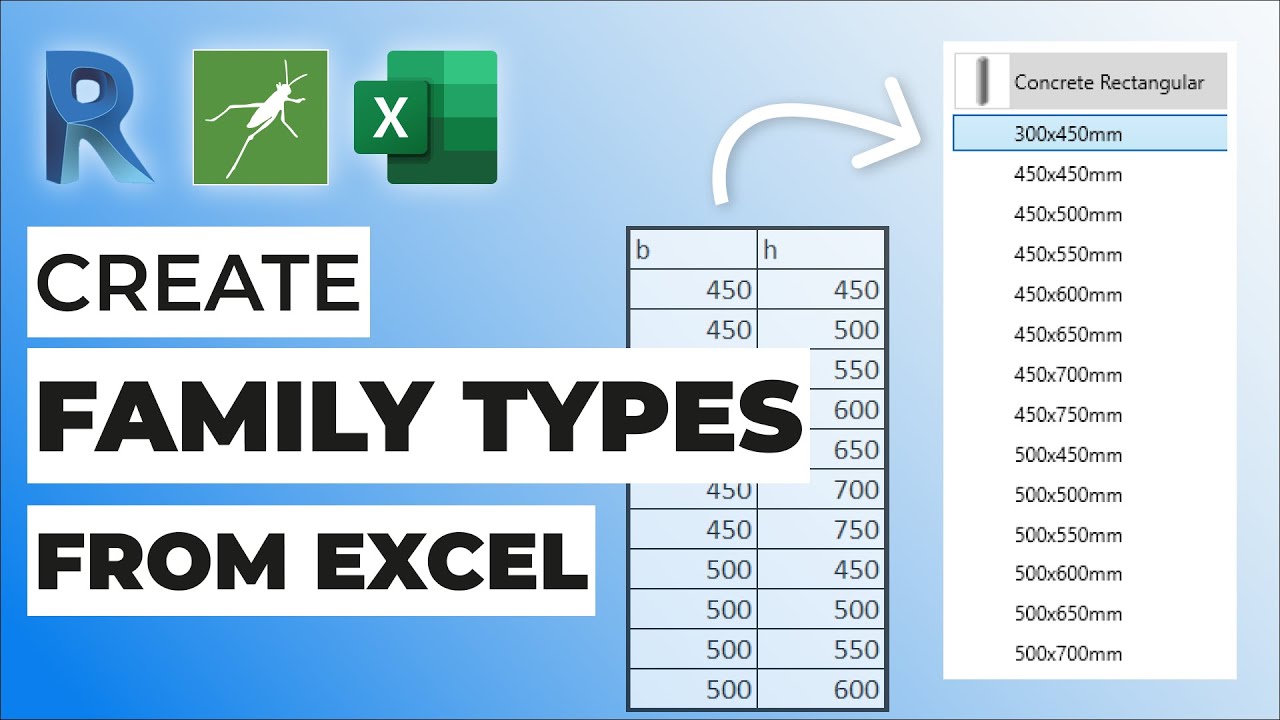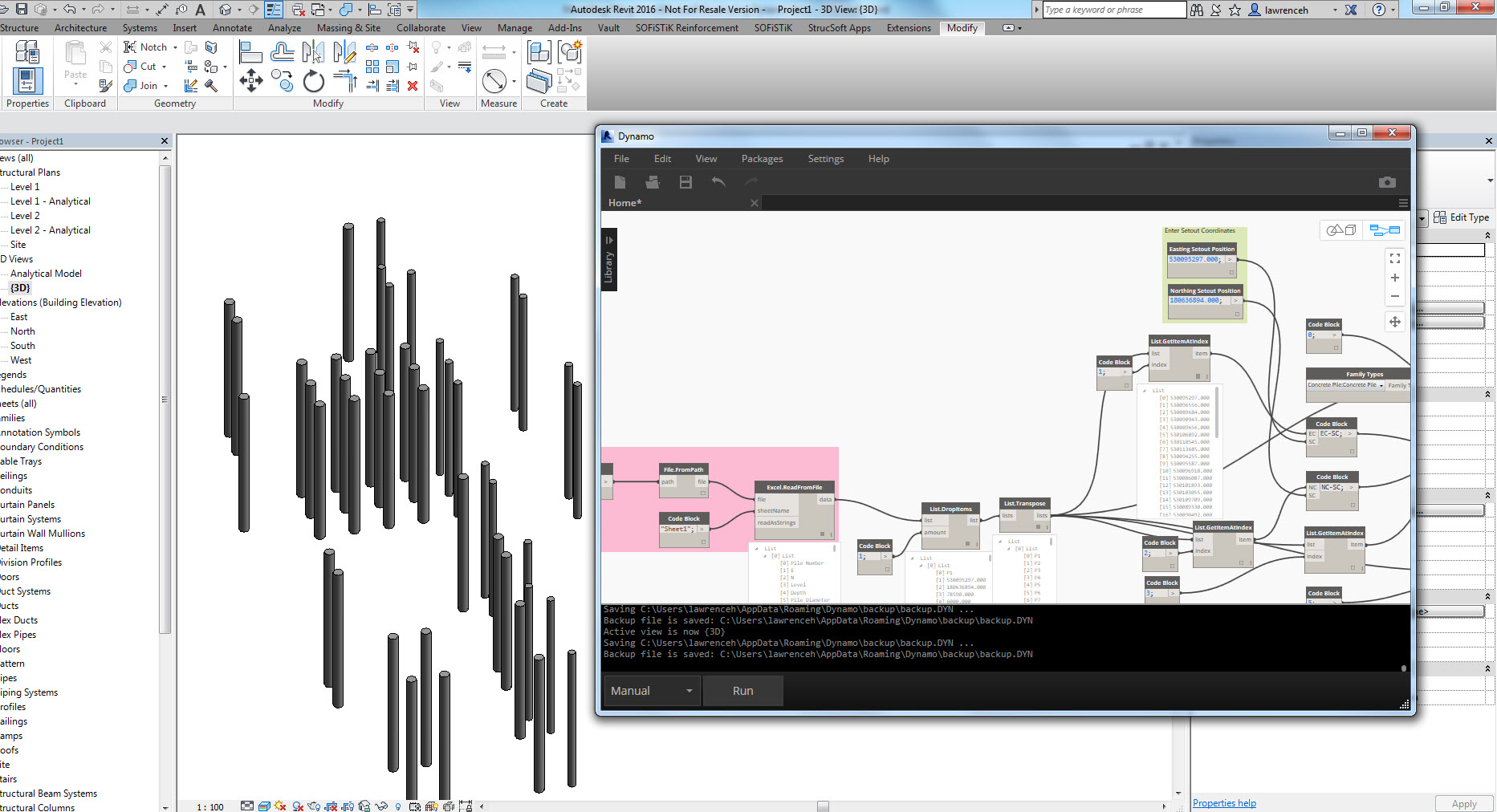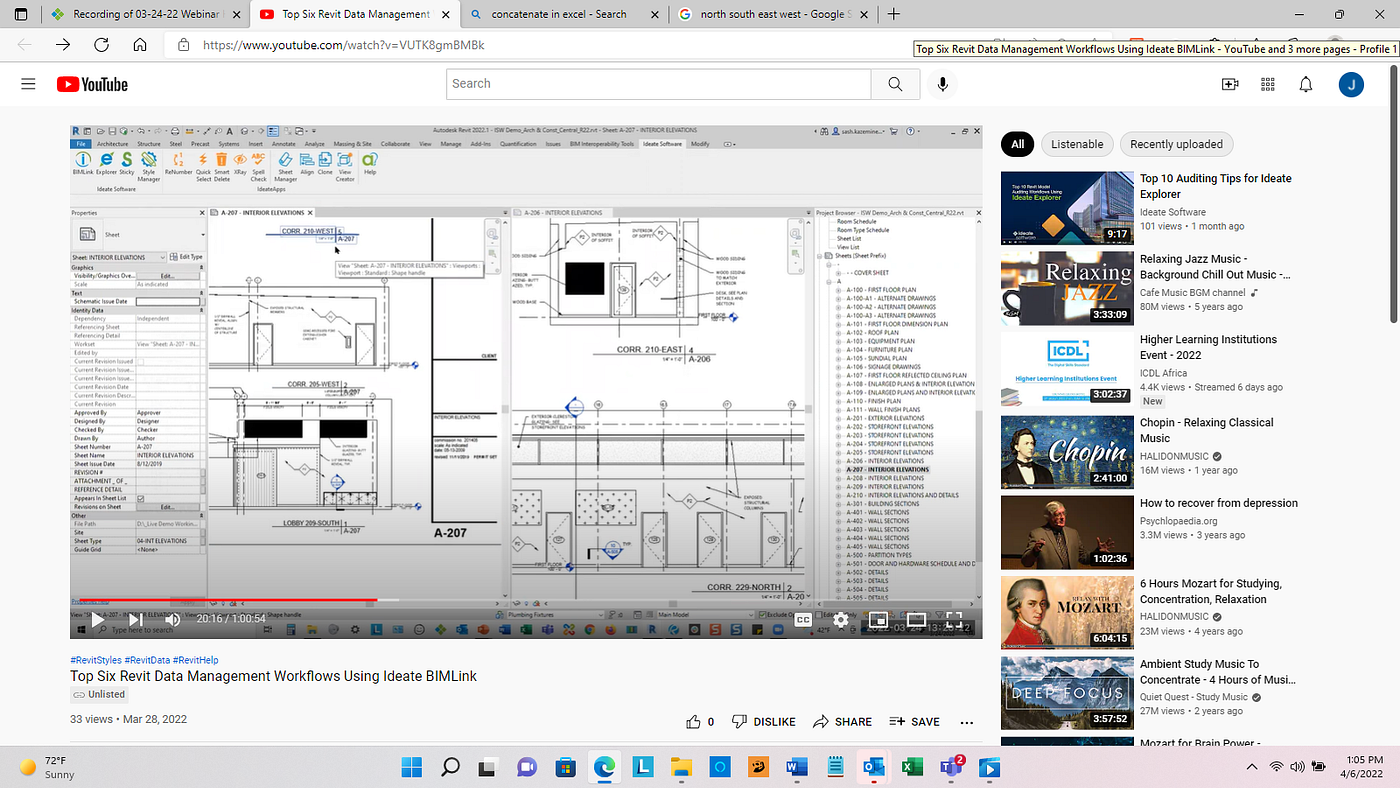Revit Tool to Empower Your Building Information Modeling
Wiki Article
Mastering the Art of Data Integration: Just How to Seamlessly Import Excel Record Into Revit
In this short article, we will certainly lead you via the process of mastering the art of data combination. Get prepared to prepare your Excel information easily and follow our step-by-step overview to import data right into Revit. With our ideal techniques, you'll attain information assimilation success in no time.Understanding the Importance of Data Integration in Revit
Understanding the significance of data integration in Revit is vital for smooth importing of Excel data. When you incorporate information from Excel into Revit, it enables you to efficiently update and manage details throughout the whole job. This assimilation makes sure that your style and building process is current and precise.By integrating information, you can conveniently import and upgrade specifications, schedules, and even geometry in Revit. This removes the demand for hands-on data access, saving you time and decreasing the risk of mistakes. With Revit's data integration capacities, you can preserve consistency and precision in your project, while additionally boosting partnership among staff member.

Exploring the Excel File Format for Revit Combination

In order to efficiently incorporate Excel data into Revit, it is essential to ensure that the information is formatted properly. This includes properly classifying columns and rows, as well as structuring the information in such a way that is compatible with Revit's information schema. Revit utilizes specific criteria and classifications to organize information, so it is essential to straighten the Excel data with these parameters to make sure a seamless assimilation.
Furthermore, it is very important to keep in mind that Revit only sustains specific information kinds when importing from Excel. These include message, numbers, and dates. Any kind of other information types, such as formulas or conditional format, will not be identified by Revit and may create issues throughout the integration procedure.
Preparing Your Excel Information for Seamless Import Into Revit
To make sure a smooth assimilation process, you'll require to properly style and tag the columns and rows in your Excel data prior to importing it into Revit. Since it permits Revit to accurately translate and arrange your information, this step is important. Beginning by examining your Excel data and recognizing which columns and rows include appropriate details for your Revit project. Make certain to classify each column with a descriptive and clear header. This will assist you and others conveniently recognize the purpose of each column and avoid confusion throughout the import procedure.Next, ensure that the data in each column is correctly formatted. If you have a column for measurements, make sure that all dimensions are regularly formatted in the exact same units of measurement. Revit relies upon consistent format to properly analyze and import information.
Furthermore, it is crucial to look for any type of empty cells or disparities in your data. Revit may not be able to read or import data from cells that are vacant or consist of mistakes. It is recommended to review your Excel information and cleanse up any kind of variances before importing it right into Revit.
Step-By-Step Overview to Importing Excel Data Into Revit
When you have actually effectively formatted and identified your Excel data, you can conveniently import it right into Revit by following this step-by-step overview. To begin, open Revit and browse to the "Insert" tab. Click "Import CAD" and select "Import Excel" from the dropdown food selection. A brand-new window will certainly appear, asking you to situate the Excel data you want to import. Surf your computer and pick the Excel data, after that click "Open."Following, a dialog box will certainly appear, permitting you to customize the import settings. Below, you can select the worksheet you desire to import, specify the series of cells to import, and select the proper units for your data. As soon as you've made your choices, click "OK" to proceed.
Revit will currently display a preview of your Excel information. Take a moment to make sure and assess the preview that whatever looks proper. If needed, you can make modifications to the import setups by clicking on the "Settings" button.
Ideal Practices for Information Integration Success in Revit
Make certain you adhere to these ideal techniques to make certain effective combination of information in Revit. It is vital to organize your data in Excel before importing it into Revit. Be conscious of the devices and information types when mapping the data, as any disparities can lead to mistakes in the combination process.One more essential technique is to regularly confirm and upgrade your data. As your project proceeds, it is important to maintain your Excel file up to day with any type of changes made in Revit. This will certainly aid preserve the accuracy and uniformity of your data across both systems. Furthermore, use information validation devices within Revit to determine any mistakes or incongruities in the incorporated data.
Last but not least, it is recommended to develop a clear workflow for information integration. This consists of defining functions and responsibilities, dig this establishing an best site interaction channel in between staff member, and developing a regular tempo for data updates and evaluations. By adhering to these best methods, you can ensure a seamless and effective assimilation of data in Revit, eventually boosting the efficiency and accuracy of your task.
Conclusion
In final thought, grasping the art of information assimilation is essential for smooth import of Excel submits right into Revit. Recognizing the importance of data integration in Revit is the first action in the direction of effective assimilation.When importing information from Excel right into Revit, it is crucial to comprehend the data format and how it can affect the integration procedure (revit tools). Revit utilizes particular parameters and categories to arrange information, so it is essential to line up the Excel data with these parameters to ensure a smooth combination
Be mindful of the information and units kinds when mapping the information, as any type of discrepancies can lead to mistakes in the combination process.
Additionally, make usage of data validation devices within Revit to determine any mistakes or variances in the integrated information.

Report this wiki page